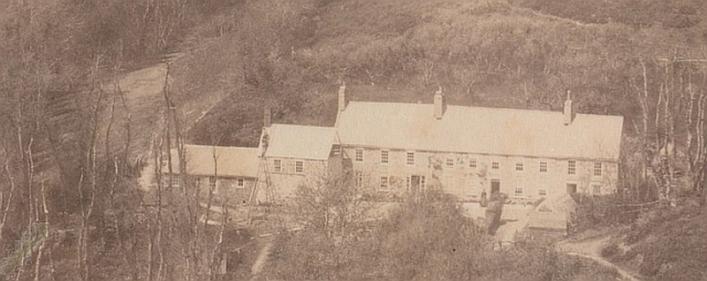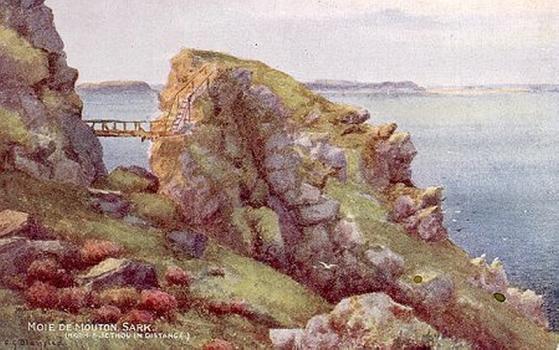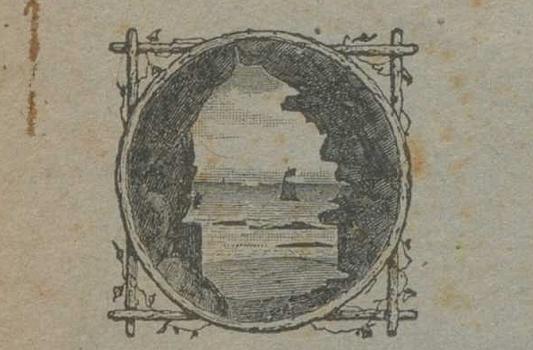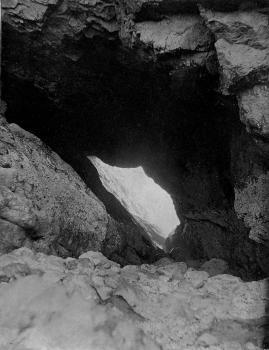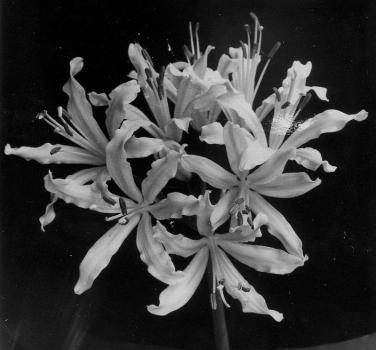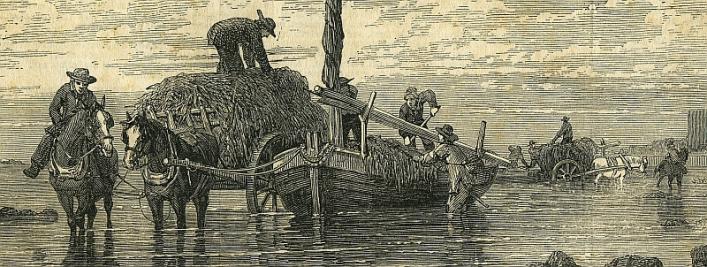Shell-collecting, 1833
From the Strangers' Guide to Guernsey and Jersey, Guernsey: Barbet, 1833, pp. 39 ff. 'But it will answer no good purpose for the shell collector in Herm, to employ the language of science, in his research for shells; he must employ popular terms, inasmuch as the good people of Herm are utterly ignorant of the phraseology of the conchologist, and are in the habit of calling things by such names as strike their senses. They have their silver, pink, purple, yellow, rose, and blue shells. There are fine subjects on what the inhabitants call the 'best shell banks,' but which the native collectors pass over, because they do not consider them as shells. For instance, at times here, are very rich corals and corallines, cast up by the action of the sea, only to be discovered by those who are judges of the nature of their research.'

